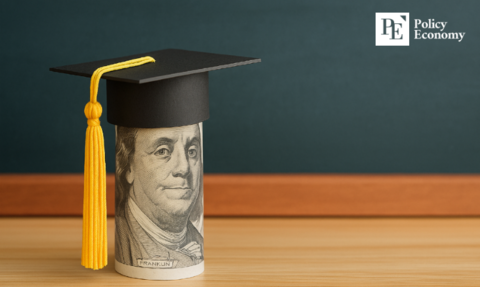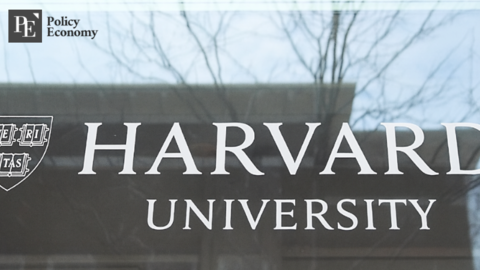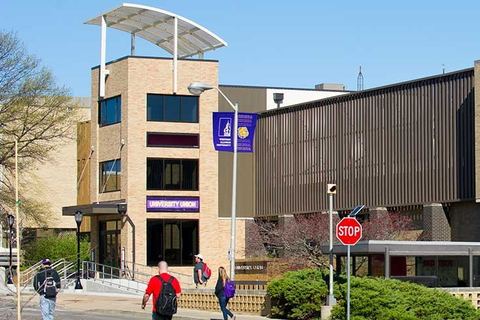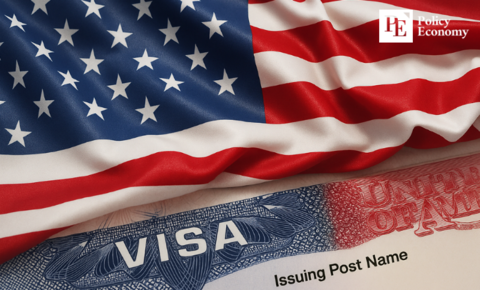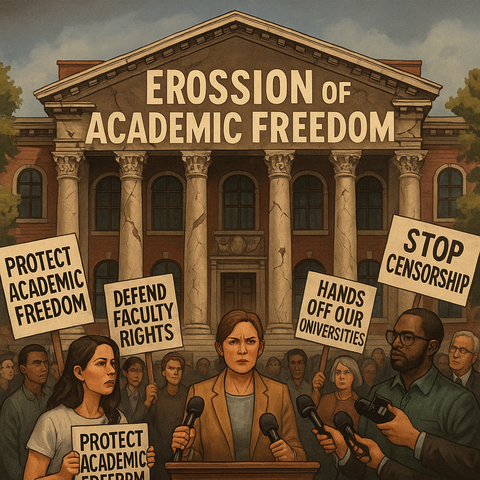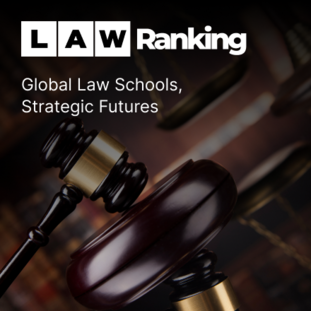Trump: “We’ve Agreed on China’s Rare Earth Pre-Supply and Allowing Chinese Students in the U.S.”
Input
Modified
U.S. and China Reach Agreement on Key Issues Did Rare Earth Export Disruptions Drive the Deal? Attracting Chinese Students: Balancing Risk and Reward
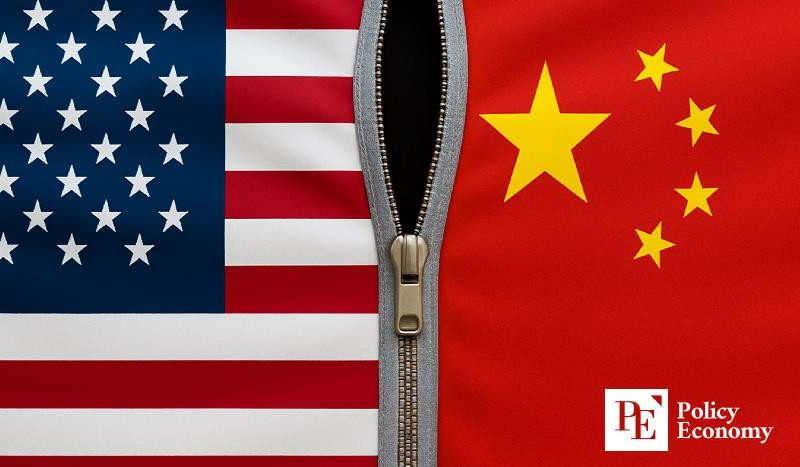
U.S. President Donald Trump announced that an agreement has been reached regarding China’s supply of rare earth elements to the United States and the admission of Chinese students to U.S. universities. Following last month’s Geneva talks—after which both sides exchanged retaliatory measures and continued a precarious diplomatic balancing act—the two countries have now managed to carve out a potential pause through a recent economic dialogue.
Signs of Easing Tensions Between U.S. and China
On June 11 (local time), U.S. President Donald Trump posted on his social media platform, Truth Social: “We’ve concluded negotiations with China, pending final approval from President Xi and myself. All rare earth elements and permanent magnets we need will be pre-supplied by China.” He added, “This includes everything we’ve agreed to supply China in return, including allowing Chinese students to study at American universities.”
This statement suggests that during the second day of the U.S.-China Economic Dialogue held in London the previous day, the two sides reached a tentative agreement. It appears to include lifting China’s export restrictions on rare earths to the U.S.—a key American demand—and reversing the U.S. policy of canceling student visas for Chinese nationals—Beijing’s priority issue.
However, Trump made no mention of whether any consensus had been reached regarding China’s request to ease U.S. export controls on advanced semiconductors, one of the more contentious and strategically sensitive issues in the ongoing bilateral rivalry. He did, however, cite specific tariff numbers. “We’ll each impose a 55% tariff. China will receive 10%,”
he wrote—suggesting an upward revision of the U.S. tariff rate on Chinese goods by 25 percentage points, from the previously agreed 30%. Last month, the two sides had agreed during a high-level meeting in Geneva to lower U.S. tariffs on Chinese imports to 30% and China’s tariffs on U.S. goods to 10%.
The Power of China’s Rare Earth Export Restrictions
Rare earths emerged as a central topic in the talks due to the mounting disruption in U.S. domestic industries caused by China’s export curbs. In response to Trump’s earlier tariff hikes, Beijing restricted rare earth exports to the U.S. in April, including key rare earth permanent magnets used in high-tech manufacturing. Even after the Geneva talks, China maintained these controls.
The shortage of rare earths is severely damaging to critical industries, including automotive, robotics, and defense. Permanent magnets made from rare earths are essential components in hybrid and electric vehicle motors, catalytic converters, seat adjusters, and more. A sustained supply disruption could paralyze production across multiple sectors. The Alliance for Automotive Innovation (AAI), which represents the U.S. auto industry, reportedly sent a confidential letter to the U.S. government last month warning of major damage due to China’s restrictions.
In the letter, AAI stated: “Without reliable access to rare earth magnets, suppliers will be unable to manufacture essential components including automatic transmissions, throttle bodies, alternators, various motors, sensors, seat belts, speakers, lighting systems, power steering, and cameras.” The group warned that in extreme cases, companies might face production cuts or even assembly line shutdowns. AAI includes major global automakers such as General Motors, Ford, Stellantis, BMW, Mercedes-Benz, Volkswagen, Toyota, Hyundai, and Kia.
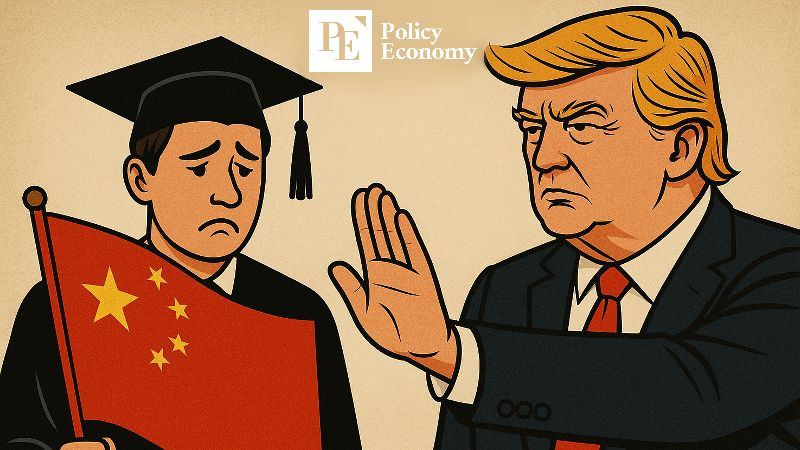
Why the U.S. Can't Push Chinese Students Out
One of the key issues in recent U.S.-China negotiations has been the revocation of U.S. visas for Chinese students, which has drawn attention following a series of hardline statements from the American government. On May 28, U.S. Secretary of State Marco Rubio issued a statement titled “The New Visa Policy Will Prioritize America Over China”, asserting that under President Trump’s leadership, the Department of Homeland Security would actively cancel visas for Chinese students—especially those linked to the Chinese Communist Party or engaged in sensitive fields of research. He further announced plans to tighten screening standards for all future visa applications from China and Hong Kong, effectively suggesting that Chinese students in the U.S. are being viewed as potential spies.
Some observers consider this precaution reasonable. Incidents involving Chinese students and researchers have repeatedly sparked controversy in the U.S. A recent case involved two Chinese nationals attempting to smuggle pathogenic fungal material into the country. On June 4, the FBI indicted a Chinese male in his 30s and his girlfriend, a researcher at the University of Michigan, for illegally importing a toxic fungus capable of damaging crops and harming human health.
According to the FBI, the male suspect was caught at Detroit Airport in July last year with multiple plastic bags, wrapped in tissue, containing the fungal substance hidden in his luggage. Initially denying knowledge of the contents, he later admitted it was intended for use in a university lab.
Subsequent analysis confirmed that the substance was Fusarium graminearum, a fungus known to cause head blight, a devastating disease in wheat, barley, corn, and rice. The U.S. Attorney's Office for Eastern Michigan noted that the fungus is classified as a potential agricultural bioterrorism agent, and the suspects had neither applied for nor received import authorization from the U.S. Department of Agriculture (USDA).
Despite such risks, the U.S. appears reluctant to completely shut out Chinese students, primarily due to their economic significance. According to a 2023–2024 report by the National Association of Foreign Student Advisers (NAFSA), international students contributed USD 43 billion to the U.S. economy through tuition, housing, and living expenses. Their presence also supported 378,175 American jobs.
As of the 2023–2024 academic year, the number of international students in the U.S. under F and M visas reached 1,126,690. Among them, Chinese students made up about 25%, underscoring their dominant share. In short, excluding Chinese students would leave a gaping hole in the U.S. higher education system and economy. Their contributions—both financially and intellectually—make it difficult for the U.S. to carry out a wholesale expulsion, despite rising geopolitical and security concerns.


